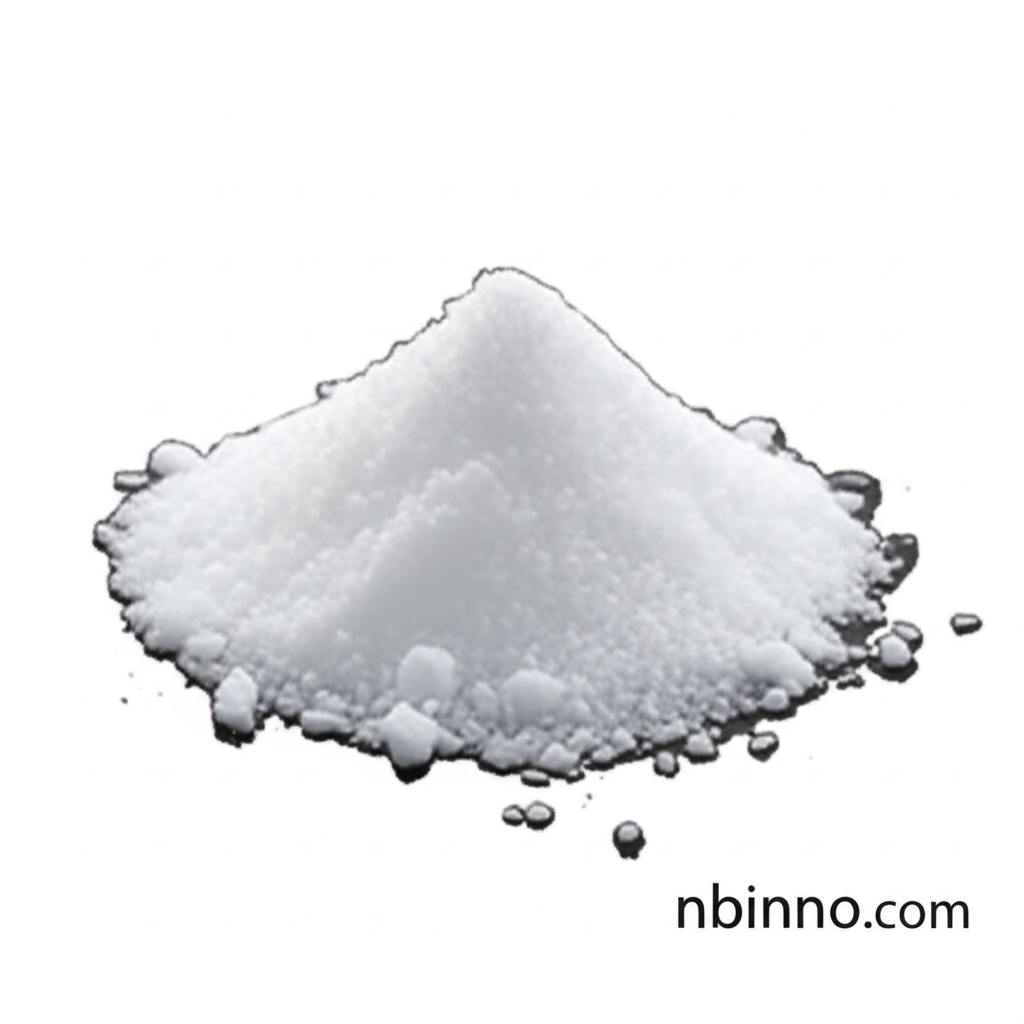Heptacosanoic Acid: A Key C27 Saturated Fatty Acid
Explore the properties, applications, and sourcing of Heptacosanoic Acid (CAS 7138-40-1), a vital long-chain fatty acid.
Get a Quote & SampleProduct Core Value

Heptacosanoic Acid
Heptacosanoic Acid (CAS 7138-40-1) is a C27, very long straight-chain, saturated fatty acid with significant utility across various scientific and industrial sectors. Its unique structure makes it valuable in research related to lipid membranes and as a chemical intermediate.
- This saturated fatty acid C27 serves as a critical chemical intermediate, enabling the synthesis of more complex molecules.
- Explore the versatile uses of carboceric acid, from contributing to bio-based material development to its role in fire-extinguishing foam systems.
- Understanding heptacosanoic acid applications is key for researchers in lipid science and membrane studies, where it helps investigate bilayer properties.
- Heptacosanoic acid properties, such as its solid state and melting point, make it a reliable component in various chemical formulations.
Advantages Offered by Heptacosanoic Acid
Purity and Consistency
With high purity levels often exceeding 98%, this saturated fatty acid C27 offers reliable and consistent performance, crucial for precise analytical work and chemical synthesis.
Versatile Research Tool
As a prominent compound in lipid research, heptacosanoic acid applications extend to understanding lipid membranes, liposomes, and biodegradation processes.
Sourcing Reliability
Numerous heptacosanoic acid suppliers ensure accessibility, supporting continuous research and industrial production needs, often providing competitive heptacosanoic acid price points.
Key Applications
Lipid Membrane Studies
This long chain fatty acid research component is vital for exploring the properties and stability of lipid bilayers and liposomes, mimicking cellular membranes.
Biodegradation Research
Heptacosanoic acid is utilized to assess its breakdown in microbial systems, providing insights for potential bioremediation strategies.
Chemical Synthesis
As a chemical intermediate, it's instrumental in the creation of various specialty chemicals, contributing to diverse manufacturing processes.
Bio-based Materials
Its potential as a raw material for environmentally friendly lubricants and coatings highlights its role in sustainable material development.
